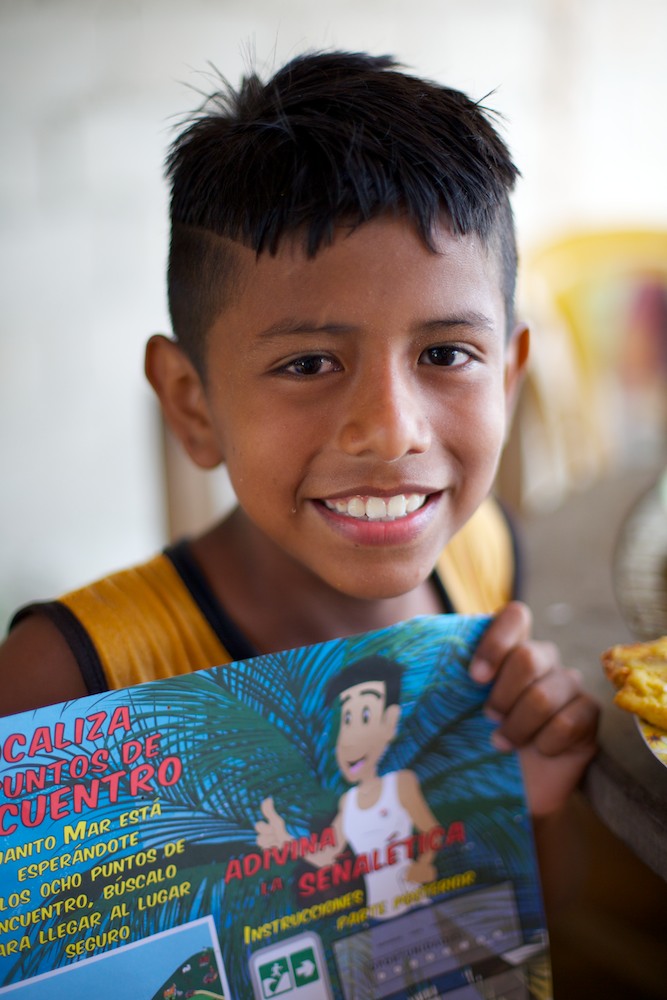Editor’s note: Jenelle Eli traveled last week to coastal Ecuador, where the American Red Cross prepares communities for emergencies and disasters.

Familiar phrases every person hears before going on a trip:
Call me when you land.
Don’t walk by yourself at night.
Please just be careful.
Whether I’m traveling for work or hitting the road with friends, my parents never fail to utter these phrases — sometimes twice. And really, who can blame them? Even the most seasoned of travelers can find themselves in sticky situations when visiting unfamiliar towns and environments—especially when it comes to natural disasters.
Chile’s 8.2 earthquake and tsunami on Tuesday, which was followed by a 7.8 magnitude aftershock last night, is a reminder that travelers need to be aware of the local threats and surroundings.
Wearing mosquito repellent in malaria-prone areas is a no-brainer, but preparing for the possibility of tsunamis, earthquakes, and floods while on vacation takes a bit more attention to detail. In tourist destinations like coastal Ecuador—where earthquakes and tsunamis threaten the tiny towns—visitors don’t need to stress. Local business owners and the Red Cross prep out-of-towners and residents alike for natural disasters and other emergencies that might occur on its paradise-like beaches.
Ecuador’s pristine coastline is dotted with palm-roofed shacks selling fresh seafood. There’s something else unique, too: colorful Red Cross billboards with local evacuation routes in case of tsunamis or floods. The billboards—aimed at both locals and tourists—are hard to miss. And they’re not the only way people educate themselves about natural disasters in the area. The Red Cross and USAID provide placemats to all the local seafood shacks, so kids can play games and learn the evacuation routes at the same time. Even the buses that transport tourists from the city show 4-minute Red Cross videos about staying safe at the beach.
The Red Cross teaches first aid, lifeguarding skills, and search-and-rescue to residents, so they can keep people safe every single day – natural disaster or not. Women in town proudly tell the story of a surfer whose life was saved by a teenager trained by the Red Cross. Middle-school kids show-off the first aid skills they learned from the Red Cross – expertise they put to good use in countless situations. Community volunteers demonstrate the early-warning systems that Red Cross helped to install: some towns use high-tech sirens when it’s time to evacuate; others have a horn that can be heard from a half mile away.
These safety measures are all part of a larger program to prepare coastal Ecuador for natural disasters. Red Cross efforts in beachside towns not only protect residents, but help boost their economy by ensuring that tourists are safe, as well. They’re the kind of safety precautions my parents would approve of… even if they still make me call them when my plane lands.
